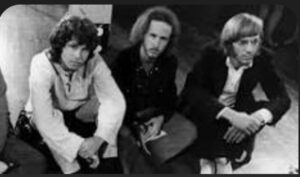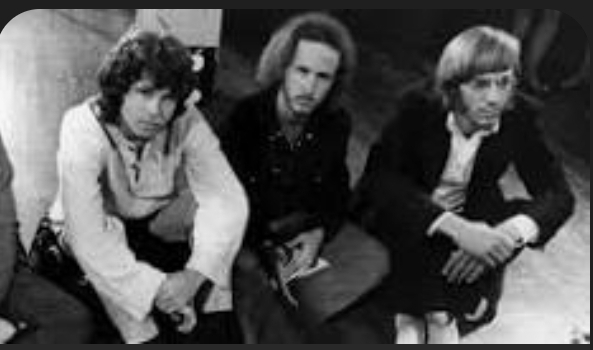The Doors’ journey to stardom began with a chance encounter between keyboardist Ray Manzarek and Jim Morrison on Venice Beach in 1965. Manzarek, who had known Morrison from their days as classmates at UCLA, was struck by the young poet’s raw talent and creative energy. Morrison shared his lyrics with Manzarek, who was inspired to create a sonic backdrop for the poet’s metaphysical words.
One of the first songs Morrison shared with the band was “Break On Through (To the Other Side),” which would later become a classic Doors track. Drummer John Densmore recalled being introduced to Morrison at a garage rehearsal, where the poet was lurking in the corner, barefoot and shy. However, when Morrison handed Densmore the lyrics to “Break On Through,” the drummer was immediately hooked.
Despite Morrison’s inexperience as a singer, his raw talent and unique voice quickly won over the band. Densmore recalled being struck by Morrison’s ability to scream from the “bowls of his soul,” and guitarist Robby Krieger noted that Morrison always had a latent talent waiting to be unleashed.
As the band began performing at the London Fog, Morrison gradually evolved from a shy, introspective poet to a charismatic frontman. His poetry and lyrics became the glue that held the Doors together, and “Break On Through” became a staple of their live shows.
The song’s psychedelic imagery and driving groove have made it a fan favorite, and its place as the opening track on the Doors’ 1967 debut album cemented its status as a classic. While “Light My Fire” would go on to achieve greater commercial success, “Break On Through” remains an iconic representation of the Doors’ unique sound and style.
Morrison’s legacy extends far beyond his tumultuous relationship with fame and his tragically young death at 27. His poetry and lyrics continue to captivate audiences, and his influence can be seen in countless other artists. As Densmore reflected, Morrison’s self-destruction and creativity were inextricably linked, but it is his words and melodies that continue to inspire and haunt fans to this day.
The story of the Doors’ formation serves as a testament to the power of creative collaboration and the importance of taking risks. Manzarek’s willingness to take a chance on Morrison’s poetry and the band’s collective talent ultimately led to the creation of some of the most iconic music of the 1960s. As the Doors’ legacy continues to endure, it is clear that their music remains a timeless reflection of the era’s cultural and artistic upheaval.
